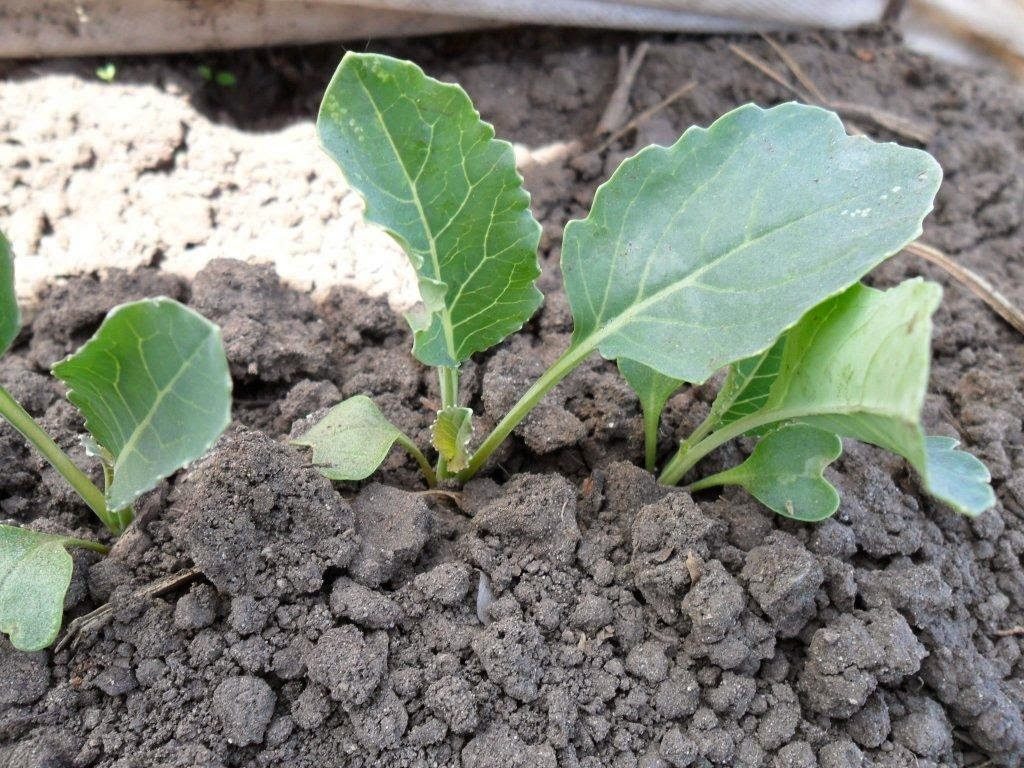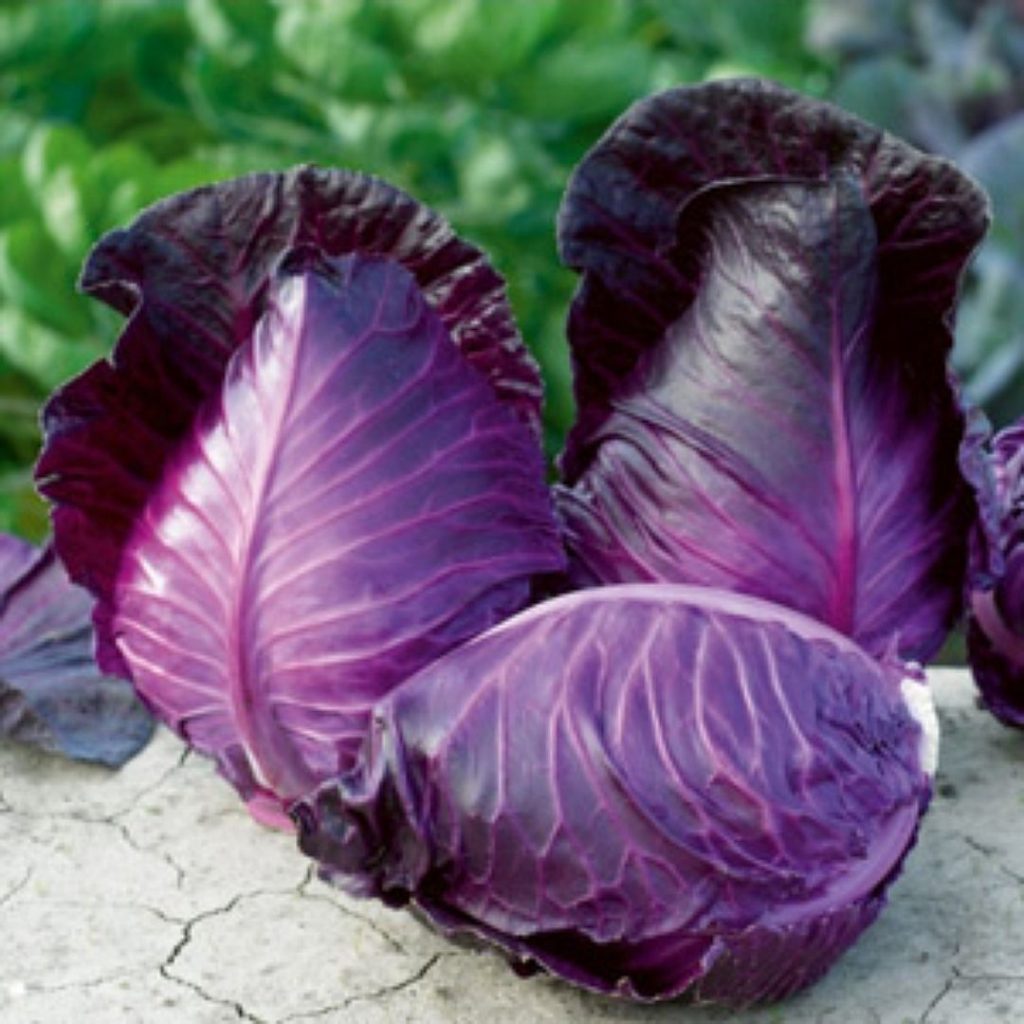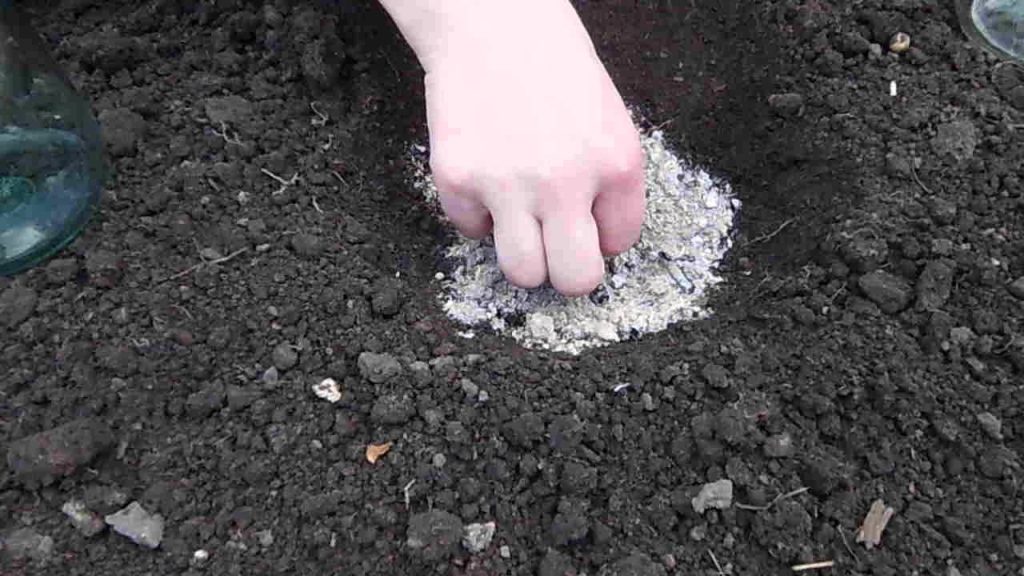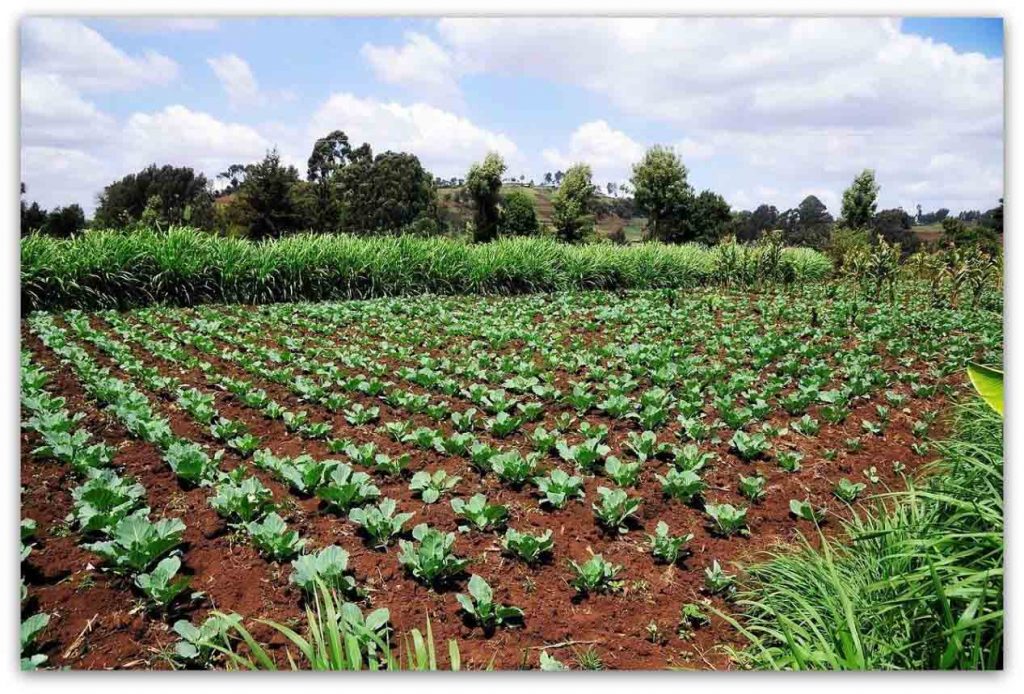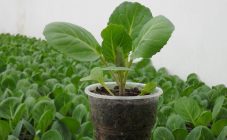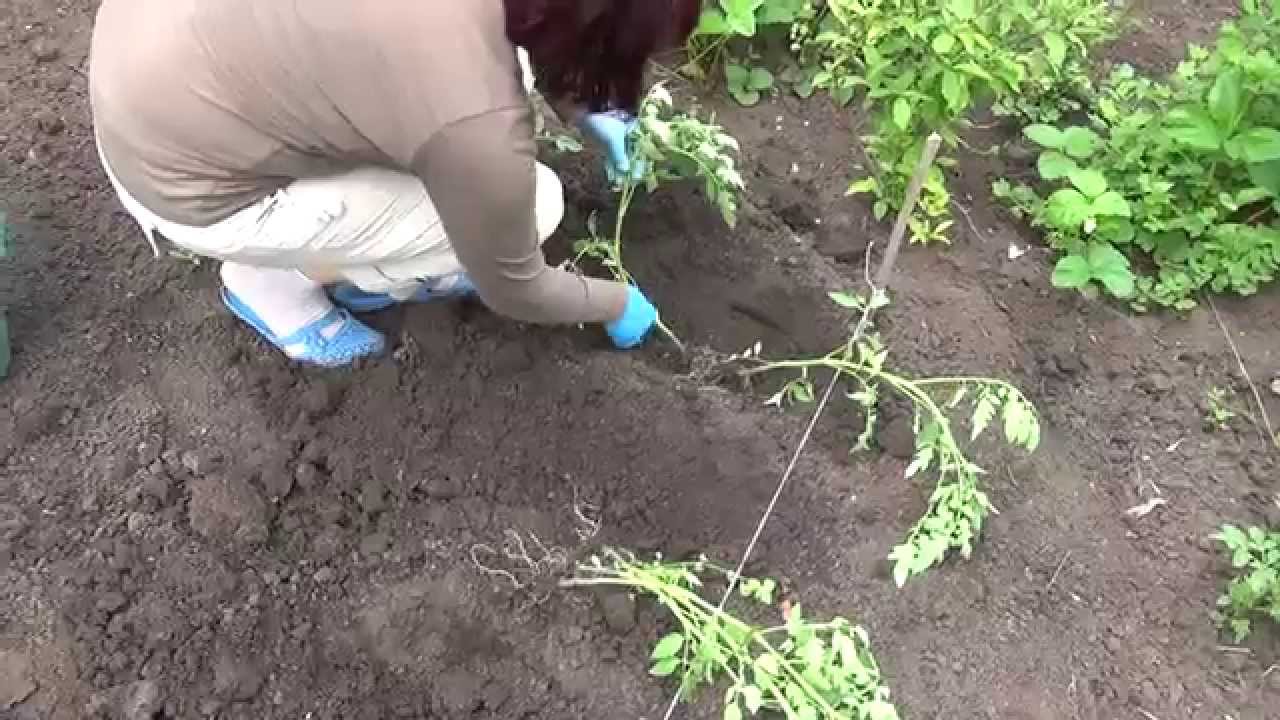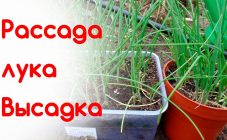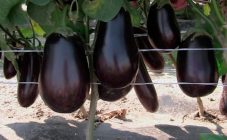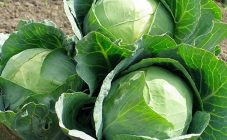Content:
Almost all gardeners grow a tasty and healthy vegetable at their summer cottage - cabbage. The plant is resistant to various natural factors, changes in weather conditions. Cultivation of cabbage in Siberia and the Urals is slightly different from the methods of planting in other regions. If you know the timing of when to plant cabbage in the ground in Siberia, you can get a good harvest.
general information
Cabbage belongs to the cruciferous family. There are many varieties of vegetables. Each variety is distinguished by its ripening period, taste characteristics, shelf life, disease resistance and climatic conditions. Therefore, it is necessary to choose suitable varieties and the optimal time for planting cabbage in the Urals in open ground.
Cabbage is appreciated for the high content of mineral and vitamin substances in the vegetable.
It contains the following chemical elements and vitamins:
- Potassium;
- Zinc;
- Iron;
- Magnesium;
- Calcium;
- Iodine;
- Phosphorus;
- Vitamins of group A, B, C, PP;
- Amino acids.
Review of popular types of cabbage
- White-headed. A head of cabbage is round, large green leaves with white veins. The weight of a mature head of cabbage can reach 16 kg. The vegetable contains: fiber, protein, vitamins B and C. It is suitable for fresh consumption, storage for the winter. Cabbage is characterized by resistance to frost, high-yielding species, with good keeping quality and transportability. It is cultivated in regions with moderate climatic conditions. There are more than 100 varieties of white cabbage. The most popular: June, Golden hectare, Slava 1305, Nadezhda, Judge, Amager;
- Redhead. Head of cabbage is rounded. The pigment anthocyanin stains the leaves in a red-violet color. They fit tightly to each other. The average weight of red cabbage is 3-5 kg. It contains cyanine and carotene. The vegetable is mainly used fresh for making salads. In the second season, the plant forms a fruit, which contains small round seeds of black or dark gray color. Sorts grown in Russia: Voroks F1, Fire bird, Juno;
- Colored. A white-yellow head of cabbage consists of a large number of inflorescences with a lumpy structure. The inflorescences contain folic acid, vitamin C, protein. Cauliflower is an irreplaceable product in diet menus. The vegetable is consumed after heat treatment. The taste of the inflorescences is delicate and pleasant. Cauliflower varieties: Alpha, Gribovskaya 1355, Skorospelka;
- Brussels. Cabbage with small heads of cabbage, diameter - 4 cm. From 20 to 60 heads of cabbage are formed on one plant, average weight - 20 g. In the second year, yellowish flowers form on the stem, which then become streaks. They contain small dark seeds, round in shape. Brussels sprouts are frost-resistant and disease-resistant. Heads of cabbage are suitable for long-term storage in frozen form. When defrosted and heat treated, the vegetable retains its taste and nutritional qualities. Brussels sprouts varieties: Hercules 1342, Dolmik F1, Frigata F1, Boxer F1;
- Savoy. A variety of cabbage. On a small stem, loose heads of cabbage are formed, in the context of a light yellow color. The leaves are corrugated, reticulate in structure. They are loosely adjacent to each other, so the head of cabbage looks voluminous.Savoy cabbage contains a high content of mineral and vitamin substances in comparison with white cabbage. Common varieties of Savoy cabbage: Mila 1, Julius F1, Zolotaya early, Sphere, Melissa F1, Morami F1, Vertu 1340, Ovasa F1;
- Kohlrabi. A spherical stem grows from the seed. Small leaves grow from it. A thickened stem is used for food. The vegetable is prized for its high calcium and glucose content. Popular varieties: Moravia, Atena, Vienna white 1350, Kossak F1, Gigant, Violetta;
- Broccoli. Cabbage inflorescences are bright green. It is considered a variety of cauliflower. The vegetable is nutritious, vitamin and easily digestible. Common varieties: Tonus, Curly head, Gnome;
- Beijing. The vegetable is oblong, elongated, leaves are light green, the edge of the leaf is wavy. Suitable for long-term storage, does not lose its vitamin properties. It is used in cooking for light meals, salads. The best varieties of Peking cabbage: Asten, Glass, Nika.
Which variety of cabbage to choose
You can grow a rich harvest of cabbage if you choose a suitable variety, follow the rules of agricultural technology and know the right time to sow cabbage in Siberia.
Almost all varieties are suitable for growing in the harsh climatic conditions of the northern regions, but the most preferred varieties are cabbage:
- White-headed;
- Savoy;
- Redhead.
For cultivation, you can pick up varieties of Peking cabbage, broccoli or kohlrabi.
White cabbage varieties must be selected with an early ripening period and frost resistance.
Most Popular:
- Early varieties: Number one polar K-206, Golden hectare;
- Mid-early: Slava Altayskaya 157, Sibiryachka 60, Slava 1305;
- Late: Snow White, Severyanka F1, Lebyazhenskaya improved, Gift.
When to plant cabbage in Siberia
When planting cabbage seeds for seedlings, it is necessary to correctly calculate the time when the seedlings will be ready for planting in open ground. Cold spring, possible night frosts, the length of daylight must be taken into account when planting cabbage.
Early varieties of cabbage can be sown in Siberia for seedlings after April 15, and late cabbage - in early May. The first shoots after planting seeds in containers appear on the 6-10th day. The seedlings will be ready for planting in the garden in 40-45 days. Therefore, it is necessary to roughly plan the time of planting cabbage seeds for seedlings in the Urals in open ground and take 45-50 days.
Agrotechnics
Soil preparation
It is recommended to prepare the soil for planting seeds in advance. Seeds can only be sown in well-heated soil.
If the seeds are sown directly into open ground, then it is necessary to determine the temperature of the soil at a depth of 15 degrees. This can be done without using special thermometers. It is necessary to find out the temperature outside and subtract 7 degrees from the value. The difference must be at least 5 degrees.
When planting seeds under a greenhouse, the ground is disinfected in advance with a weak solution of potassium permanganate and covered with a film.
To grow seedlings in containers or pots, you will need special soil. You can buy it in stores or prepare it yourself. It is advisable to buy ready-made soil for seedlings, since the garden soil can contain pathogenic microorganisms that can infect plants.
The composition of the finished nutritious soil mixture should include:
- Sod land;
- Peat;
- Sand.
Preparation of planting material
Seeds can be planted directly into open ground or prepared seedlings. For the northern regions, planting ready-made seedlings in the garden is considered the most preferable method. So you can get a good harvest on time.
Before planting, seeds are processed in several stages:
- Manual seed selection. Harvested small and deformed seeds;
- Culling of non-viable seeds. The planting material can be filled with saline solution. Seeds unsuitable for planting will float to the surface. They can be thrown away;
- Disinfection of seeds. Place the selected seeds in a weak solution of potassium permanganate for 30 minutes;
- Germinating seeds. Dip the seeds in a glass of water (+5 degrees) for 20-30 minutes. Drain the liquid, put the seeds on a cloth, soak, put in the freezer for 10 minutes. Prepare a solution with the addition of a growth stimulant. Place the seeds in the liquid for 12 hours. Place the seeds on a cloth, wrap them up and refrigerate for 24 hours.
The seeds are ready to be planted in a container. Sprouted seeds will sprout together much faster than dry seeds.
Planting technology for seedlings:
- Fill the container with soil, 5 cm thick;
- Plant the seeds, deepening them by 1-1.5 cm;
- Leave the distance between the seeds 1-2 cm;
- Moisten the soil, cover the container with foil;
- Seedlings should appear in 5-7 days.
When a green leaf appears on the cabbage, the sprouts can be dived.
Suitable for diving:
- Plastic cups;
- Individual peat tanks;
- Special pots with dividers;
- Homemade snail pots.
Planting seedlings in open ground
Seedlings can be planted in the garden bed when it is strong enough.
It is important to comply with the recommended growing times:
- Early varieties - the seedlings are ready for planting in 60 days (seeds are sown in late April to mid-May);
- Mid-late varieties - 40 days (seeds are sown from mid-May to mid-June;
- Late varieties - 35 days (seeds are sown at the beginning of June, they finish planting seeds in the tenths of June).
Seedlings transplanted to the garden usually get sick in the first days. The leaves may wilt a little, the seedlings tend to the family. Therefore, the first time the seedlings should be given special attention, take care of the seedlings.
Instructions for planting seedlings:
- Prepare the wells. It is advisable to maintain the distance between the pits 40-50 cm;
- Pour each well with a weak solution of potassium permanganate to disinfect garden soil;
- Moisten the soil in which the seedlings are located. Carefully remove the roots, it is important to leave a clod of earth on the roots, so the plant is easier to adapt;
- Plant the seedling in the middle of the film to a depth of up to the leaf outlet;
- Sprinkle the empty space with earth, lightly tamp the hole with your hands;
- Sprinkle the bed with warm, settled water, sprinkle with dry loose soil on top.
The first days you need to monitor soil moisture. When the weather changes, cold snap, it is better to cover young seedlings under a film. As soon as a new leaf appears on the seedlings, this means that the seedling has taken root in a new place. It is recommended to remove weak and not engrafted sprouts from the garden and replace them with other seedlings.
Seedlings are able to withstand small short-term frosts up to minus 3-4 degrees. Seedling leaves after frost may darken slightly. The plant will not be harmed. However, with constant frosts, the harvest will be worse, the heads of cabbage will grow smaller in size and weight. Therefore, if there is a suspicion of upcoming night frosts, the seedlings are covered with agrofibre, film.
Adult cabbage is not afraid to drop the temperature to minus 7 degrees. Heads of cabbage do not freeze, but, on the contrary, acquire a richer taste.If the leaves are frozen, then it is enough to lower the cabbage in a container of cold water for several hours.
Care Tips
Cabbage is an unpretentious plant that does not take much time and effort from gardeners. Growing and the rules for caring for a plant in Siberia and the Urals are slightly different from the Moscow region and the southern regions.
After rooting the seedlings, the soil in the area is loosened. Loosening contributes to better aeration of the soil, and the cabbage root system develops more actively.
The land where the cabbage grows must be moist. Do not allow the soil to dry out and form a crust. You can water by sprinkling, but this method is allowed when the sun is not active.
Carefully mulch the soil in the cabbage bed. If there is strong humidity, then cabbage leaves attack slugs and snails.
Seedlings are fertilized 14-18 days after planting in the garden. Mineral and organic fertilizers are used for feeding. It is best to use mullein diluted in water (1 kg of fertilizer per 10 liters of water).
Prevention of diseases and pests
Cabbage beds can be attacked by:
- Slugs;
- Caterpillars;
- Cabbage butterflies;
- Cruciferous fleas.
For pest control, red hot peppers or saline can be used. Sprinkle cabbage spacing or sprinkle with salt water.
It is necessary to navigate the time when it is possible to plant cabbage in the ground in the Urals according to weather conditions and the lunar calendar. In Siberia, you can grow a rich harvest of cabbage of different varieties and ripening periods, if you choose the right timing for planting seeds for seedlings and carry out agrotechnical measures for caring for the plant.
